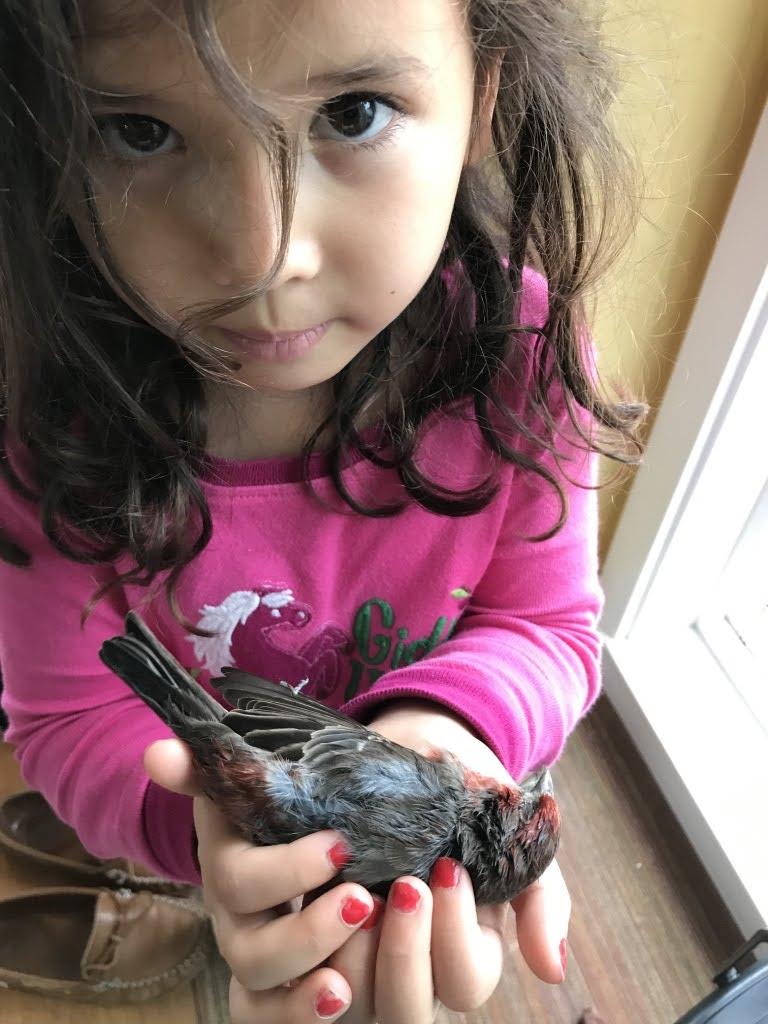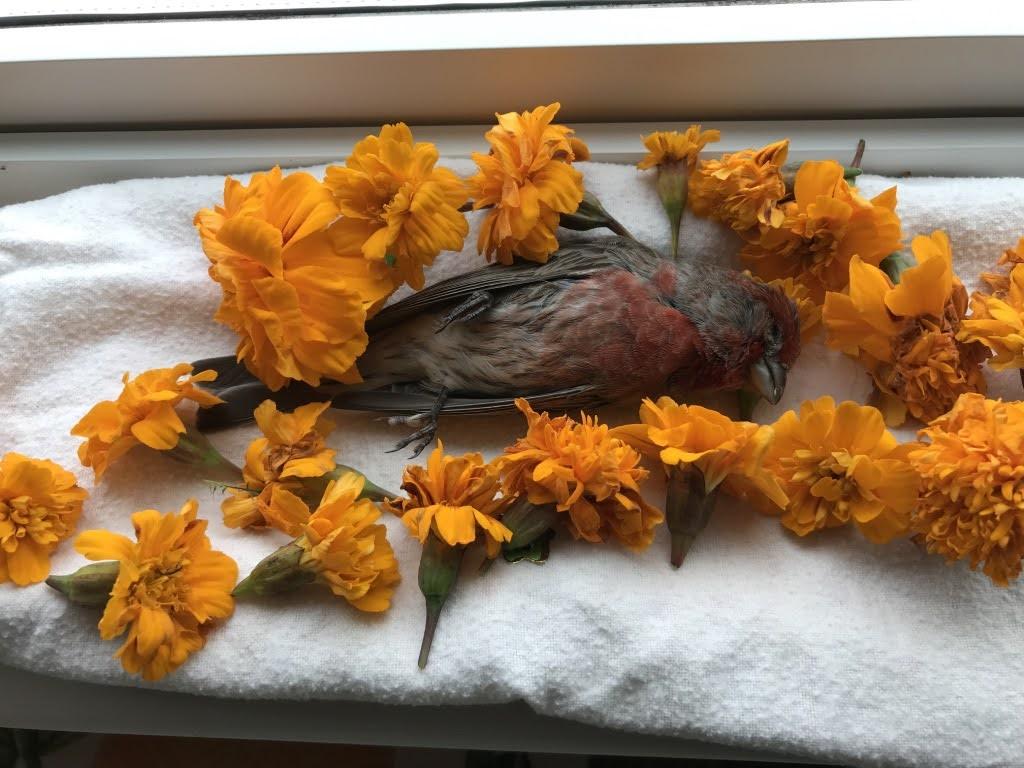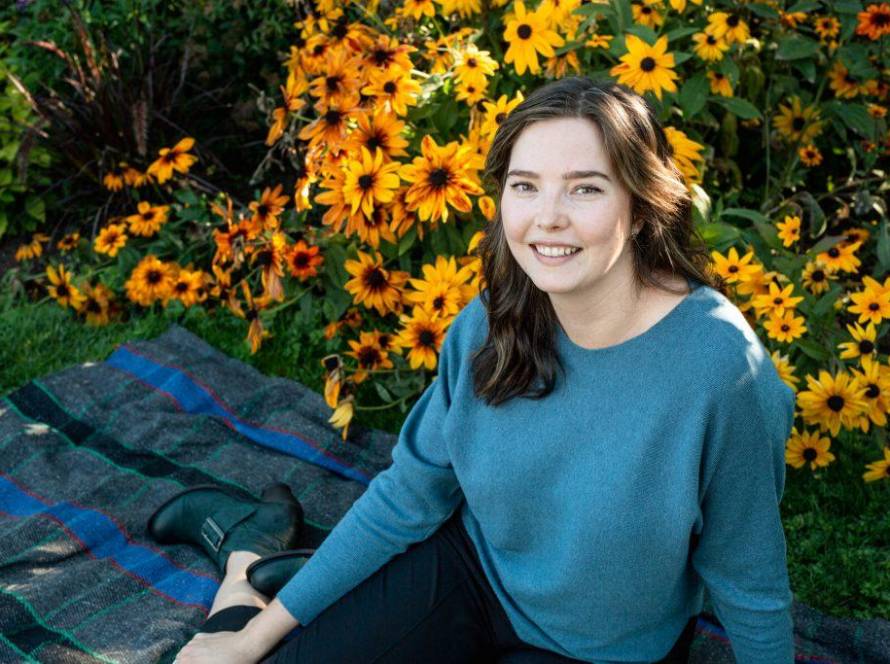KORU and Covid-19 (Click here to learn more.)
* The story below is by KORU’s Community Engagement Coordinator, Iris A. Paradela-Hunter. Get to know Iris here.
Hi there, fellow mortal.
This is Iris. One of the joys in our home is watching the different birds that visit our bird feeder. Most of our visitors have been sparrows and chickadees. Steller’s jays and hummingbirds sometimes come by!

Early one morning, just as I was waking up, Maya – my 5-year-old daughter – announced that a bird slept overnight on our balcony. Confused, I got up and walked to our balcony. My daughter held a bird in her hand. A house finch. She was cooing to it like it was baby, stroking its beak and wings gently. In my half-awake brain, I couldn’t understand why a bird would stay on her hand. Was it injured? I took a closer look and realized that the bird was, in fact, dead. The bird likely flew into our glass sliding door, and the impact led to its early demise.
My daughter is quite an empathetic and sensitive child, so I tried to gently break the news. I didn’t use the “D” word. I told her that I think the bird was not alive anymore. To which she replied, “You mean the bird is dead?” I said, yes. Hmm. No need for me to skip the “D” word after all. No need to beat around the bush. Her face clouded over. She let that sink in. A minute later, her face lit up.
“Let’s have a wake for this bird, Mama!”
In her young life, Maya hadn’t been to any wakes or vigils before. My parents and my partner’s parents died before she was born. Being an advocate of open conversations about death, I talk to her about topics appropriate for her age. Is it possible to understand the concept of a wake without experiencing one? Are children more instinctive in recognizing the need to mourn?
I helped Maya put the bird in a basket lined with one of her baby blankets. She picked marigolds from our balcony garden and arranged them around the basket. She asked me to light candles. For three days, we had a wake for the bird.
Maya did the usual things children her age do – giggle, jump around, refuse to eat her vegetables. She played with her dolls and drew pictures. Once in a while, throughout the day, she visited the bird. I did, too. We talked to it. Stroked its feathers. Or just sat quietly near it.
As a mother, it was comforting for me to help provide the space for my child’s sadness.

I reflected on the families of those who died during the last few months. Many of us have clicked the “pause” button on many aspects of our lives. During this pandemic, many have put a hold on gatherings to mark the deaths of loved ones, waiting until “this is all over.” We are now realizing that the pandemic has changed from being a crisis to being a way of life. This entails redefining how families mourn together. How do we grieve together apart?
Here at KORU, we remain committed to helping you create a meaningful and personal Ceremony for your loved one. We are collaborating with the talented, tech-savvy folks at New Narrative to bring to you Virtual Tributes that are interactive, inclusive and participatory.
To learn more about KORU’s Virtual Tributes, kindly visit this page.
If you wish to know more about other ways that KORU can support you in your grieving process, you can check out The Hummingbird Project – KORU’s collaboration with Simply Ceremony.
Photo Credit: Bennett Tobias via unsplash.com and the Hunter Family Archive


